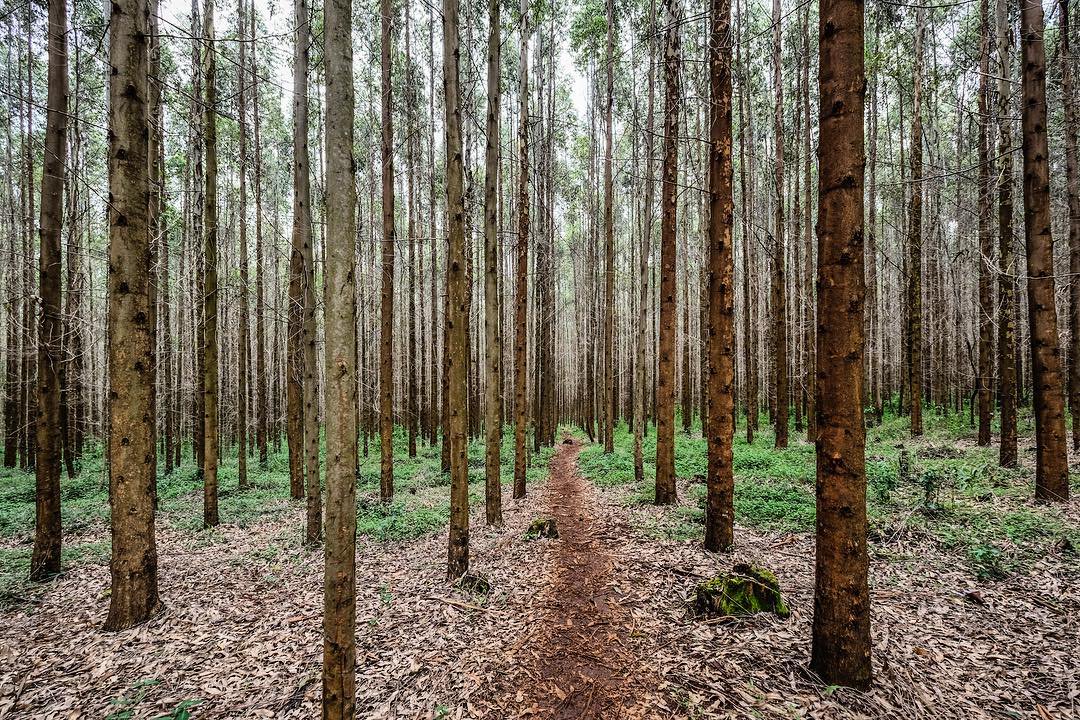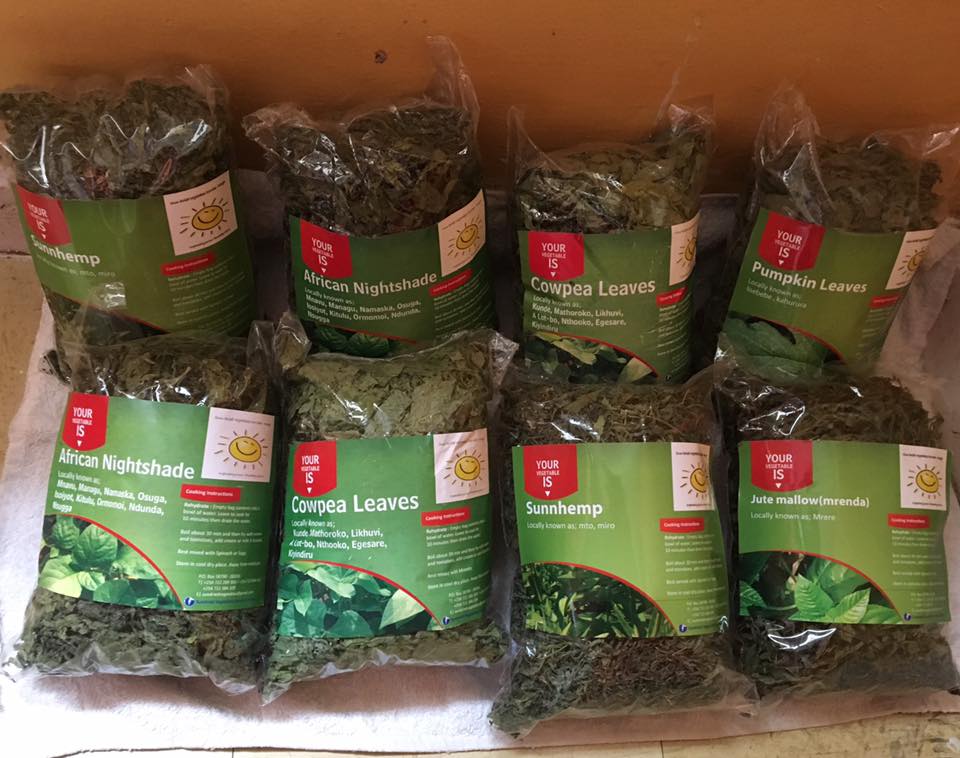World Vision Kenya has launched a new technology that will help smallholder farmers increase tree yields in their farms.
The new technique called Farmer Managed Natural Regeneration (FMNR) is a low cost rapid and easily replicated approach to restoring and improving forests, agricultural and pasture lands. It is based on encouraging systematic re-growth of existing trees and can be used where there are living tree stumps with the ability to re-sprout or seeds in the soil that can germinate.
According to a March 2015 research published in the Journal of Environmental Economics and Policy Studies titled Effects of farmer managed natural regeneration on livelihoods in semi-arid West Africa, If 1000 households in a community decide to practice the FMNR continuously, it results in an increase in the gross income by US$ 72,000 per year.
The research further revealed that noticeable changes are also observed on the value of tree products, with an observed significant increase in the value of the products harvested from tree by about 34–38 per cent among those actively practicing FMNR as compared to their counterparts. The results also lend support to the household resilience hypothesis of FMNR in that it leads to a significant increase of the dietary diversity by about 12–14 per cent.
Related content
Farmer who uprooted Eucalyptus trees for mixed farming does not regret
Western farmers grow incomes with Grevillea trees

Through FMNR, after cutting trees, farmers are encouraged to leave the stumps intact during harvesting as they give birth to the next generation of trees.
One farmer in Homa Bay Charles Abongo for instance has adopted the technology and has since seen his income soar to Sh200,000 annually from nothing.
“Initially when I started tree farming in 2011, I had no knowledge of how to harvest my trees in a manner that sustains income generation and conservation, as such my yields declined due to insufficient trees to cut,” said Abongo.
However, in a workshop organized by World Vision in the region, Abongo got to learn of FMNR and has since increased his tree production to over 900 traditional (indigenous) trees and counting.
“With the approach, you cut down your trees and after two to three months, you will see multiple shoots growing from the stump and this needs pruning to remain with one or two strong shoots,’ said the 54 year old.
The National Technical Specialist for Environment and Climate Change at World Vision Kenya Irene Ojuok says that pruning helps the shots grow faster by reducing competition for resources.
“In a few years, the shoots develop into fully grown trees that can be harvested for income generation,” she said.
Another sustainable harvesting method recommended in FMNR is the cutting of branches instead of whole trees. This enables farmers to get income, even as the trees continue to grow and mature.
The technology has also helped Charles improve soil fertility in his farm where he grows maize, beans and vegetables. In this, he has been able to comfortably feed his family and pay school fees for his children.
Write comment (0 Comments)





 Packed sun-dried vegetables. Photo courtesy.
Packed sun-dried vegetables. Photo courtesy.










